PPT-Texas Education Code
Author : conchita-marotz | Published Date : 2020-04-05
Terminal Objective Upon completion of this module the participant will be knowledgeable about the sections of the Texas Education Code that would be most applicable
Presentation Embed Code
Download Presentation
Download Presentation The PPT/PDF document " Texas Education Code " is the property of its rightful owner. Permission is granted to download and print the materials on this website for personal, non-commercial use only, and to display it on your personal computer provided you do not modify the materials and that you retain all copyright notices contained in the materials. By downloading content from our website, you accept the terms of this agreement.
Texas Education Code : Transcript
Download Rules Of Document
" Texas Education Code "The content belongs to its owner. You may download and print it for personal use, without modification, and keep all copyright notices. By downloading, you agree to these terms.
Related Documents

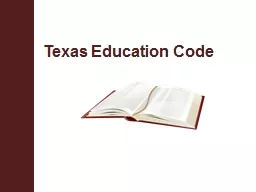
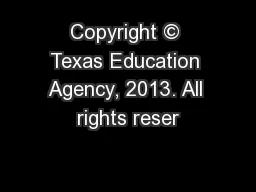
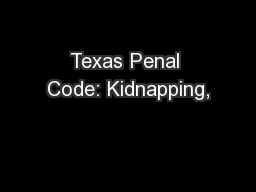
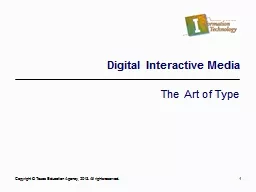
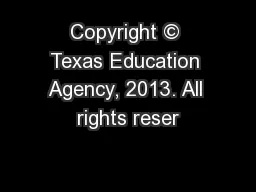
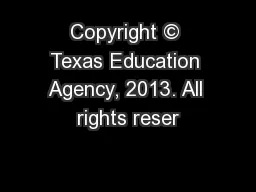
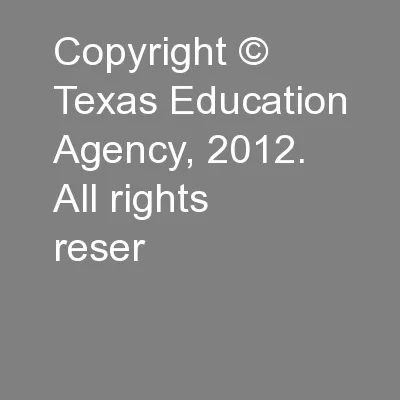
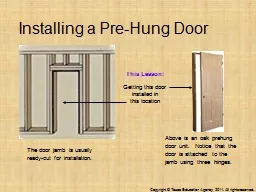
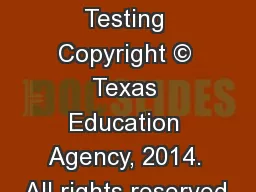
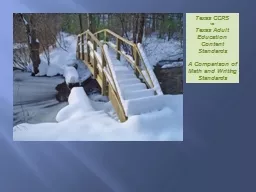
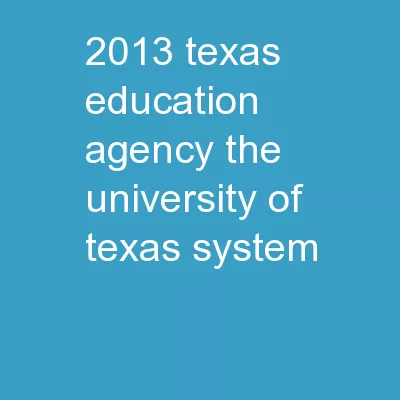
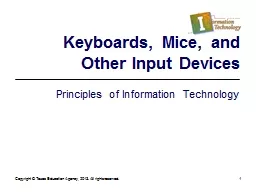
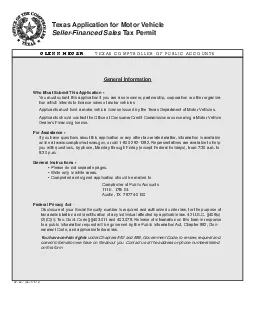
![READ [PDF] Texas Penal Code, 2018 ed. (West\'s® Texas Statutes and Codes)](https://thumbs.docslides.com/1019651/read-pdf-texas-penal-code-2018-ed-west-s-texas-statutes-and-codes.jpg)